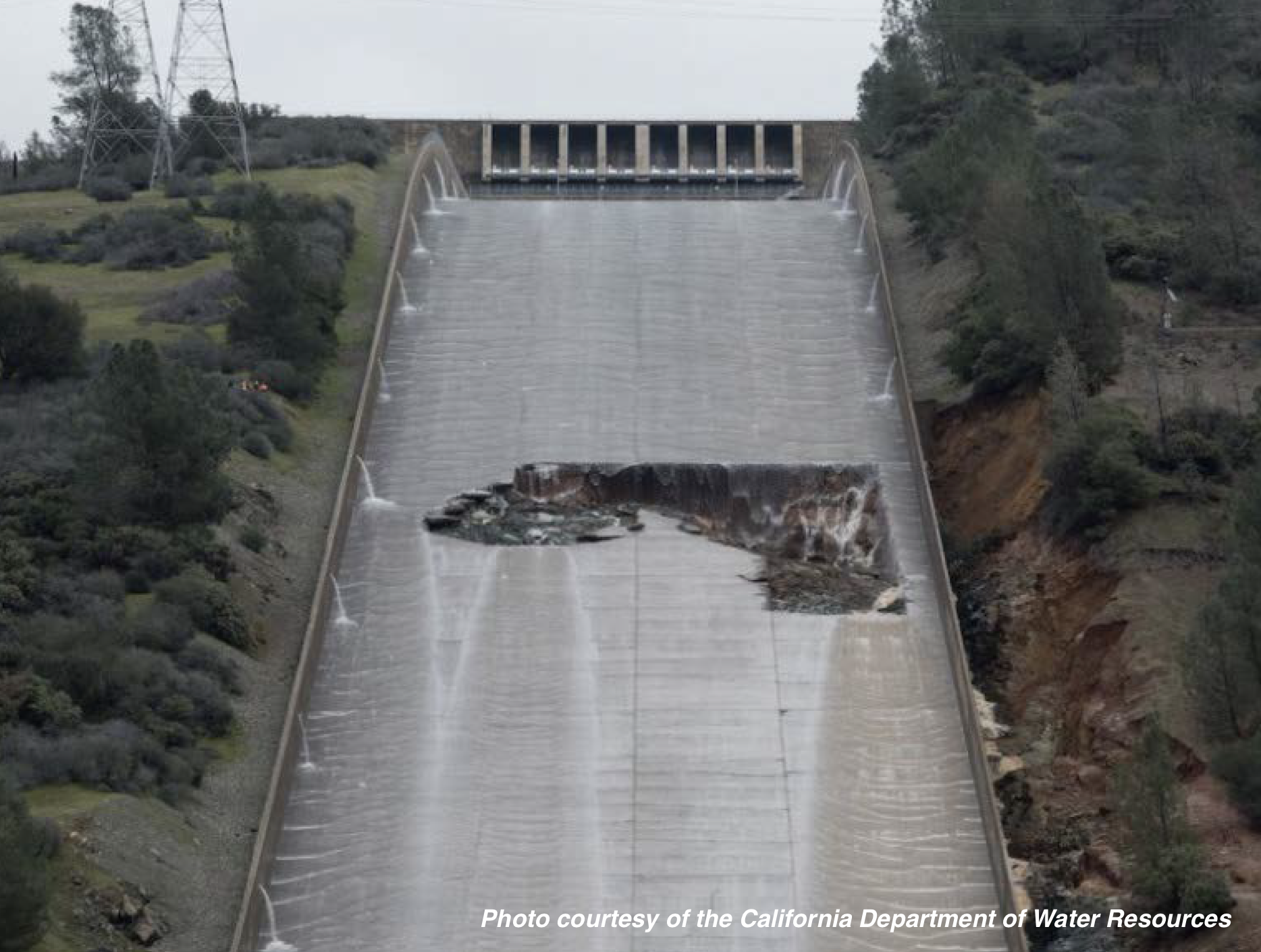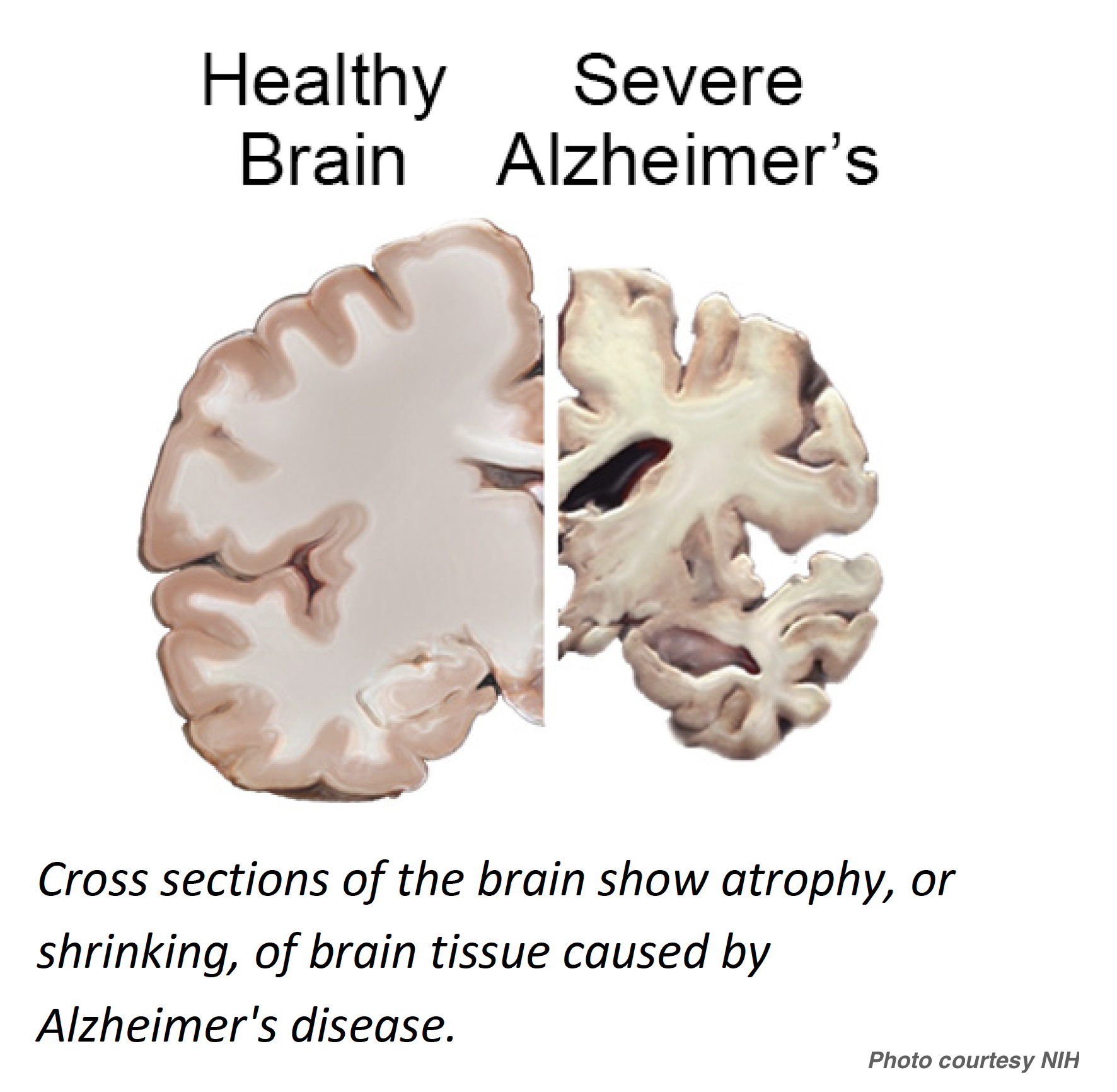How NDD Investments Help American Families
Non-defense discretionary funding provides resources for hundreds of programs that affect Americans every day – programs that range from producing innovative research to advance the quality of our lives, to making sure Americans drink clean water, breathe clean air, travel safely, and maintain our status as the world's economic leader. Below are some important examples of why non-defense discretionary dollars are important and why a cut to these investments will be harmful to our country.
National Dam Safety Program (NDSP)

There are more than 87,000 dams in the United States, according to the 2013 update to the National Inventory of Dams. Approximately one-third of these pose a "high" or "significant" hazard to life and property if failure occurs.
For 30 years, the federal government has used the NDSP to protect Americans from dam failure. The NDSP is a partnership of the states, federal agencies, and other stakeholders that encourages individual and community responsibility for dam safety.
Food Safety and Inspection Service (FSIS)

Foodborne illness is a serious problem in the United States. Foodborne bacteria sicken about 48 million Americans (1 in 6) every year. Foodborne illnesses hospitalize thousands of people and cause about 3,000 deaths annually.
FSIS's mission is to ensure that meat, poultry, and processed egg products are safe and accurately labeled. It performs food safety inspection activities at more than 6,000 establishments nationwide. While it cannot stop all foodborne illness, without its efforts more Americans could be at risk.
Pell Grants

An educated population boosts individual wages and reduces the unemployment rate. Those with advanced degrees tend to earn more in their lifetime and face shorter periods of unemployment. But the cost of college can be a barrier to many.
For decades, millions of low-income students have received Pell grants to help pay college tuition. These highly targeted grants currently provide up to $5,815 a year and do not need to be repaid.
As college costs continue to rise to historic levels, Pell Grants can make the difference for many students as they decide whether to go to college or not.

Alzheimer's Disease Research
In 2016, an estimated one in nine people aged 65 and older has Alzheimer's disease. By mid-century, someone in the United States will develop the disease every 33 seconds.
Alzheimer's is a brain disorder that leads to memory loss and confusion, difficulty speaking and performing tasks, and eventually leads to death. While there are treatments for some symptoms of the disease, there is no cure.
Alzheimer's is not only cruel to patients: families and friends also pay a big price. The most recent statistics show that on average, care contributors lose more than $15,000 in annual income as a result of reducing or quitting work to meet the demands of caregiving. In 2016, Alzheimer's and other dementias cost the nation an estimated $236 billion.
NDD supports research at the National Institutes of Health's National Institute on Aging to improve our understanding of Alzheimer's, so we can one day better prevent, effectively treat, and hopefully cure this tragic disease. Cutting this funding could delay or even halt this important research.